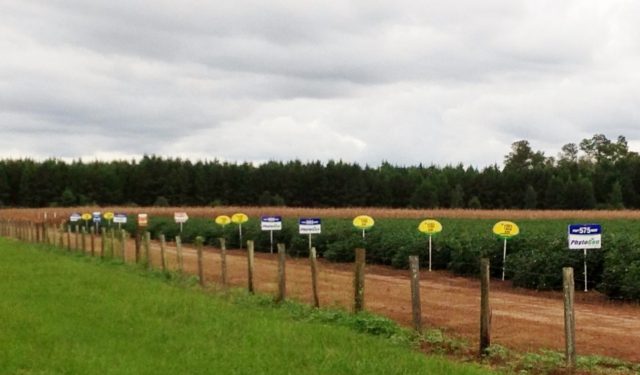By Michael Donahoe
Variety selection is one of the most important decisions a cotton grower makes each season. Choosing a variety based on yield potential, for a particular environment, is usually the first selection criteria. However, genetic performance relating to fiber quality and pest management traits, or technology packages are also major considerations.
The selection process has become more complicated in recent years with the rapid introduction of new varieties, and the phasing out of older ones. Variety performance is heavily dependent on environmental conditions and geography. Therefore, it is important for growers to select varieties based on multi-year research data, as well as local field experience. Performance data are available from a number of sources including university research and county demonstration plots, seed company trials, and consultant trials.

For a number of years, faculty have been conducting small plot replicated trials using the University Official Variety Trial (OVT) program, and large strip demonstration trials at the UF/IFAS West Florida Research and Education Center. The OVT trials typically include varieties a year prior to their release. Separate OVT trials are conducted for early maturing varieties, and mid- to full-season maturing cotton varieties.
Two- and three-year lint yield averages are listed in Tables 1 and 2 below. For the early-maturing trial, nine varieties were evaluated over two years, and four were evaluated over three years. In the mid- to full-maturing trial, nineteen varieties were evaluated over two years, and seven were evaluated over three years. The complete trial reports for cotton, along with those for corn, grain sorghum, peanuts, soybeans, wheat, and specialty crops are available on the UF/IFAS WFREC Variety Testing web-page. Utilize the follwing link to view the 2016 Cotton Variety Demonstration Trial – Jay, FL, large plot report.


Source:ufl.edu